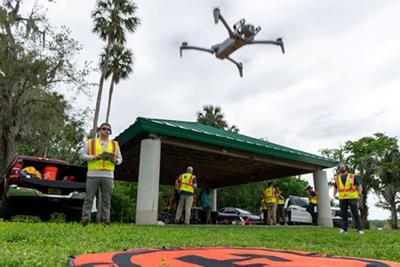Sun, Aug 24, 2025
Advertisement
More News
 ANN's Daily Aero-Term (08.21.25): Localizer Performance With Vertical Guidance
ANN's Daily Aero-Term (08.21.25): Localizer Performance With Vertical Guidance
Localizer Performance With Vertical Guidance (LPV) A type of approach with vertical guidance (APV) based on WAAS, published on RNAV (GPS) approach charts. This procedure takes adva>[...]
 NTSB Final Report: Rutan Long-EZ
NTSB Final Report: Rutan Long-EZ
(Pilot) Heard A Loud “Bang” As The Nose Gear Collapsed And The Nose Continued To Settle, Sliding Down The Runway Surface Analysis: The pilot stated that when he touched>[...]
 Classic Aero-TV: Living the Dream ANGs John Klatt Performs at EAA
Classic Aero-TV: Living the Dream ANGs John Klatt Performs at EAA
From 2010 (YouTube Edition): Aero-TV Takes to the Skies Alongside ANG’s John Klatt John Klatt is a man who truly lives and breathes aviation. As the pilot for John Klatt Airs>[...]
 Airborne 08.18.25: Unlimiteds Cancel NCAR25, Starship 10, No ATC Privatization
Airborne 08.18.25: Unlimiteds Cancel NCAR25, Starship 10, No ATC Privatization
Also: Solar-Powered Record, IAM Appeals, Airshow Pilot Lost, Air India Flamed The Unlimited Class recently confirmed that it would be withdrawing from this year’s National Ch>[...]
 Airborne Affordable Flyers 08.14.25: Affordable Flying Expo, RV15 Kit, Spirit V2
Airborne Affordable Flyers 08.14.25: Affordable Flying Expo, RV15 Kit, Spirit V2
Also: iFly EFB, World Skydiving Day, Air Avionics, Two New CubCrafters Kits After a master strategy meeting this past week on the grounds of the Sun n Fun Aerospace Expo campus, de>[...]
blog comments powered by Disqus





